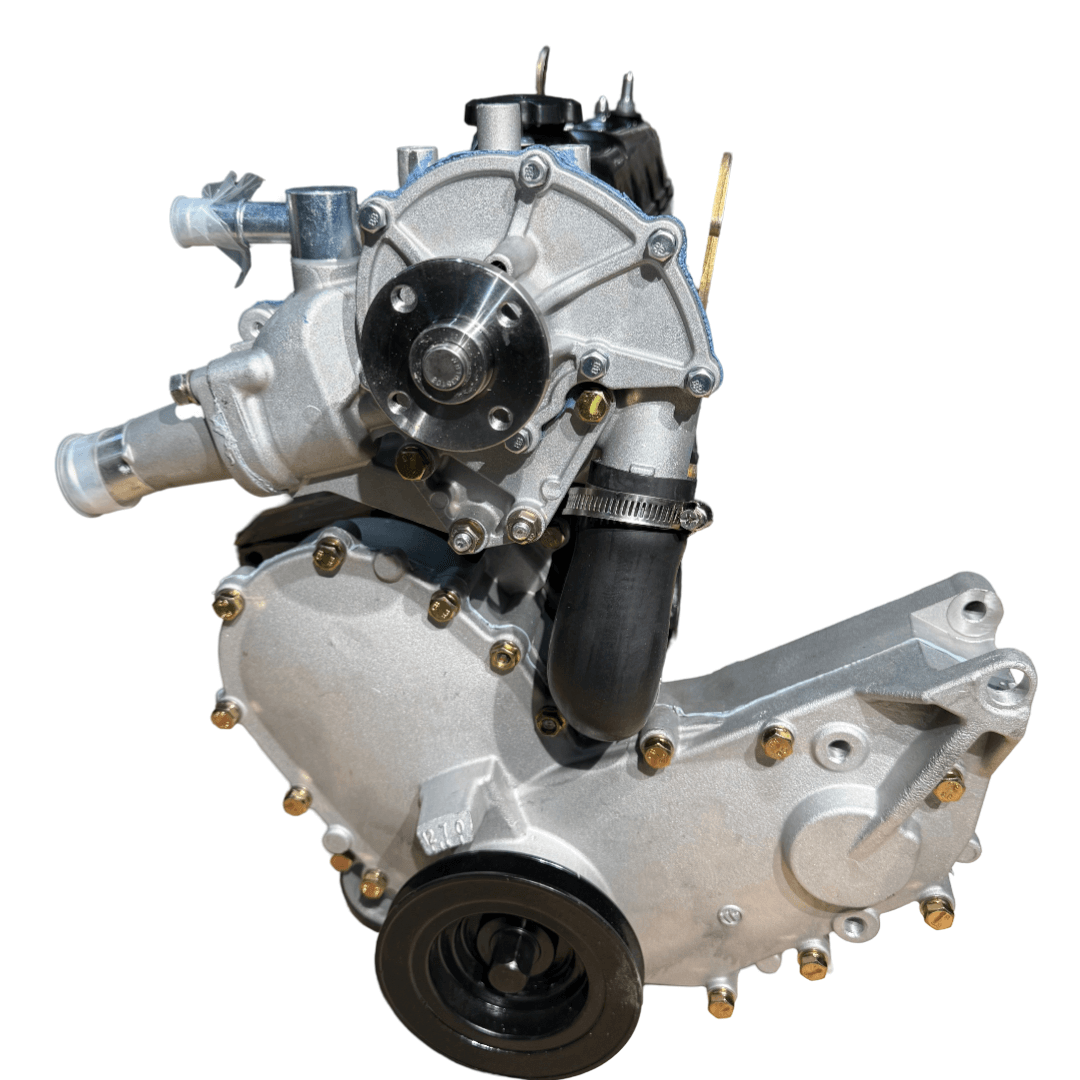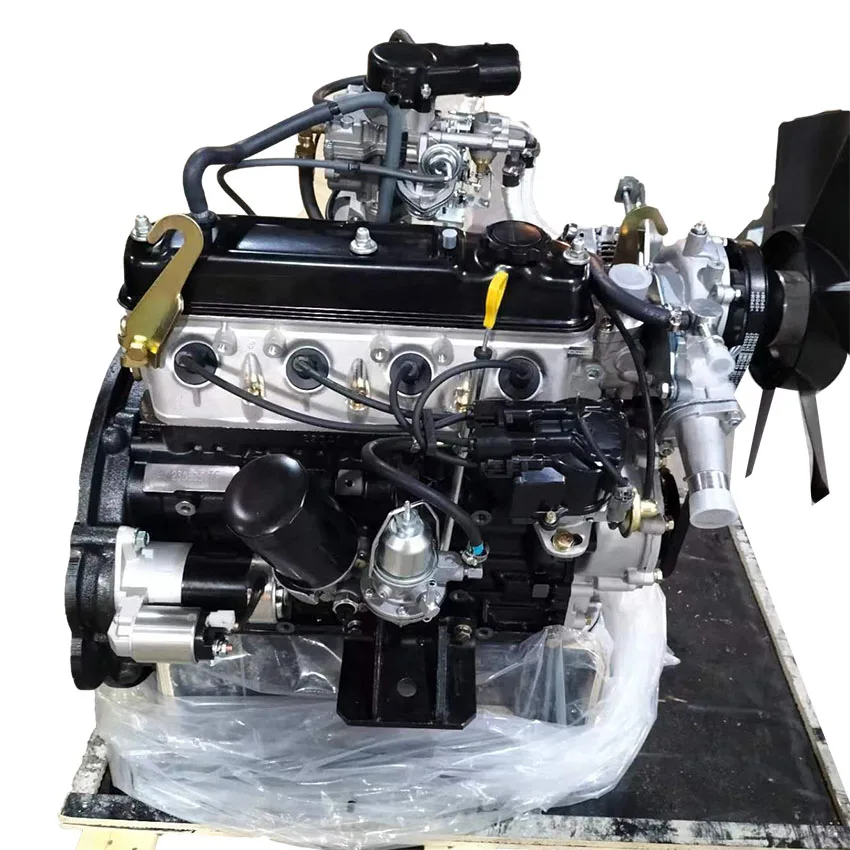The Ultimate Overview to the Engine: Trick Insights for each Auto Lover
Comprehending the engine is basic for any automobile lover, as it works as the heart of the lorry and determines its performance. This guide offers a complete assessment of engine anatomy, kinds, and the mechanics behind their operation, consisting of the innovative modern technologies that are reshaping the auto landscape. Additionally, it emphasizes the vital nature of upkeep practices that can dramatically impact an engine's life expectancy. The complexities of engine dynamics and the most current developments in innovation present questions that merit additional exploration. What might these insights reveal regarding the future of automotive engineering?
Anatomy of an Engine
Comprehending the composition of an engine is essential for any kind of vehicle enthusiast wanting to dig deeper into automobile auto mechanics. An interior combustion engine mostly is composed of a number of vital components that work in unison to convert fuel into mechanical energy.
At the heart of this system exists the cyndrical tube block, which houses the cyndrical tubes where burning takes place. Piston movement within these cyndrical tubes is promoted by the crankshaft, which translates linear activity into rotational energy. Furthermore, the camshaft plays an essential duty in regulating the opening and closing of the engine's valves, ensuring proper air-fuel mix intake and exhaust gas expulsion.
Various other vital parts include the gas system, which supplies the engine with the necessary fuel, and the ignition system, responsible for launching combustion - 4y engine. The air conditioning and lubrication systems are additionally essential, keeping optimum operating temperatures and decreasing friction, specifically
Engine Types and Configurations
A varied variety of engine types and configurations exists, each offering one-of-a-kind advantages and drawbacks tailored to various driving requirements and preferences. One of the most typical engine types include inline, V, level, and rotary arrangements.
Inline engines, featuring cylinders prepared in a single line, are recognized for their simplicity and performance. They are often located in small vehicles, offering a balance of power and economic situation. V engines, characterized by their 2 banks of cyndrical tubes organized in a V form, offer greater efficiency and smoother procedure, making them popular in sports and high-end cars and trucks.
Level engines, or fighter engines, have actually horizontally opposed cyndrical tubes, which add to a reduced facility of gravity, boosting car stability. These are commonly seen in brand names like Subaru and Porsche.
Rotating engines, although less usual, utilize a special layout with a triangular blades and deal high power-to-weight ratios. They master small and light-weight applications, mainly seen in Mazda automobiles.
Each engine kind offers specific performance attributes, weight distributions, and fuel efficiencies, making certain that auto lovers can pick the right engine setup to match their driving design and automobile demands.

Exactly How Engines Work
Engines, no matter their kind or setup, run on essential principles that govern like it their efficiency and performance. At their core, engines convert gas into power with a series of regulated explosions or compressions. This process commonly entails 4 main strokes: consumption, power, compression, and exhaust.
During the intake stroke, the engine attracts in a mix of air and gas. In the power stroke, a stimulate stirs up the compressed combination (in gasoline engines) or the mixture fires up spontaneously (in diesel engines), resulting in a quick development of gases that pushes the piston down.
The effectiveness of an engine is influenced by numerous elements, including the layout of the combustion chamber, the kind of gas made use of, and the precision of the engine's components. Understanding these basic principles is crucial for car fanatics that seek to value the complex mechanics behind their cars, as well as for those aiming to improve performance with adjustments and tuning.
Technologies in Engine Modern Technology
Over the last few years, advancements in engine innovation have dramatically transformed the automobile landscape, boosting both performance and ecological sustainability. Among one of the most significant innovations is the growth of turbocharging and supercharging, which permits smaller engines to produce better power outcomes without compromising gas effectiveness. This has caused a surge in the popularity of downsized engines, providing makers with the capacity to satisfy rigorous emissions laws while maintaining performance criteria.
Additionally, crossbreed and electric powertrains are improving the engine standard. Crossbreed systems integrate interior combustion engines with electrical motors, optimizing fuel intake and lowering emissions. Fully electrical automobiles (EVs) get rid of the burning engine completely, counting on innovative battery modern technology to supply immediate torque and excellent acceleration.
Additionally, the integration of artificial knowledge and equipment understanding in engine administration systems enables real-time optimization of efficiency specifications, boosting effectiveness and responsiveness. Developments such as variable valve timing and straight gas shot further fine-tune combustion procedures, making the most of power output while minimizing waste.
As the auto market proceeds to progress, these developments in engine modern technology will certainly play a critical function in shaping the future of flexibility, prioritizing both performance and sustainability.
Upkeep Tips for Lovers
Preserving an engine is as essential as the advancements that enhance its efficiency. Routine upkeep not only prolongs the life of your engine but likewise guarantees optimal efficiency.
Change and inspect air filters occasionally to ensure correct airflow, which is important for burning effectiveness. A clogged air filter can lead to reduced performance and enhanced fuel consumption. Similarly, keep track of the coolant levels to avoid overheating, and replace coolant according to the solution timetable.

Verdict
Finally, a thorough understanding of engine anatomy, types, Check Out Your URL and technicians is crucial for auto enthusiasts. The exploration of advancements such as turbocharging and hybrid systems highlights the improvements in performance and effectiveness. Regular maintenance methods, including oil changes and air filter checks, are crucial for making certain optimal engine capability and longevity. Mastery of these concepts fosters a much deeper admiration for engine dynamics and enhances the general driving experience.

Engines, regardless of their type or configuration, operate on fundamental principles that govern their performance and efficiency. In the power stroke, a spark fires up the compressed mix (in gas engines) or the combination stirs up spontaneously (in diesel engines), resulting in a rapid development of YOURURL.com gases that pushes the piston down.In recent years, innovations in engine innovation have actually dramatically changed the automotive landscape, enhancing both efficiency and environmental sustainability.